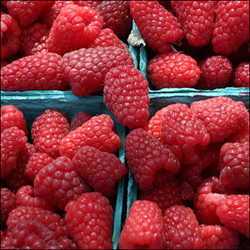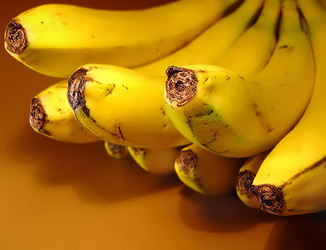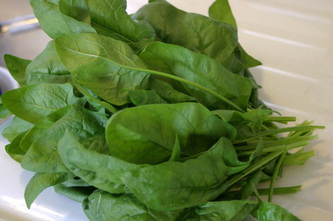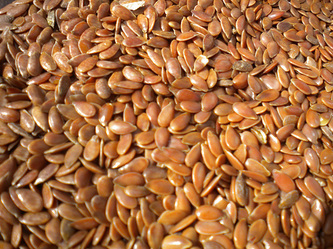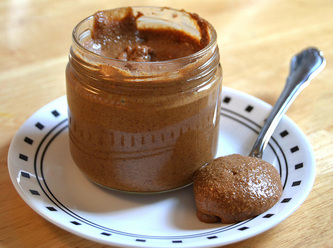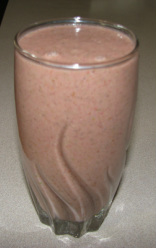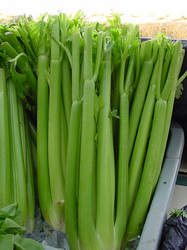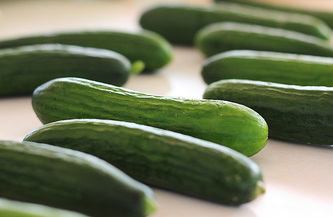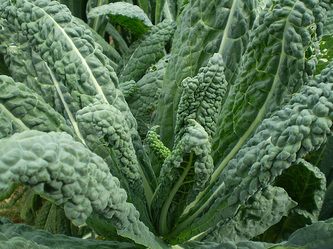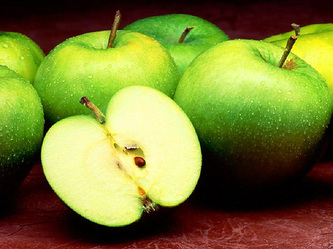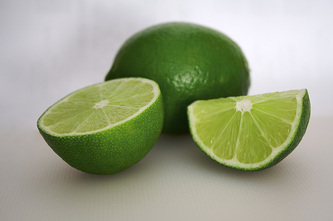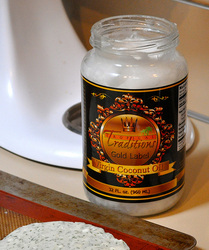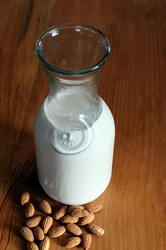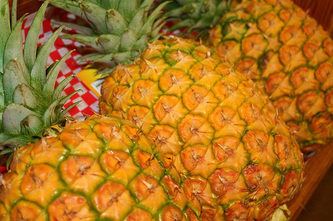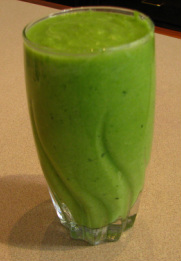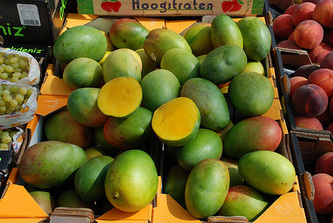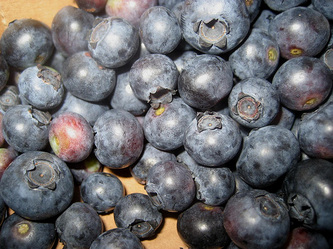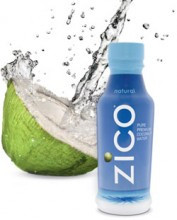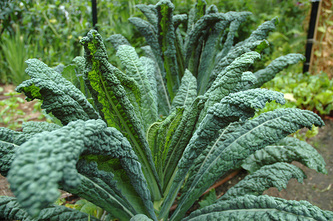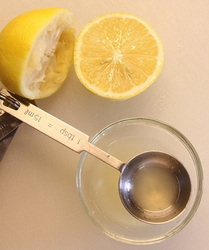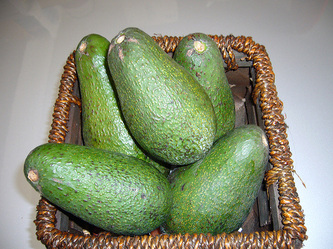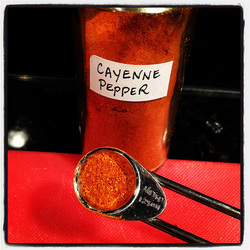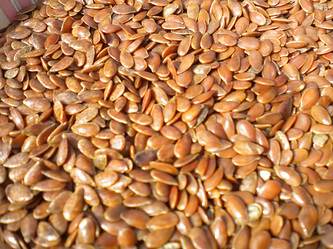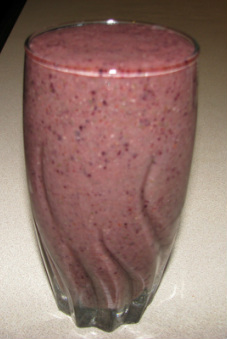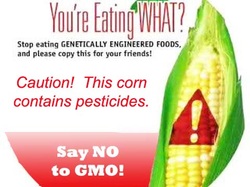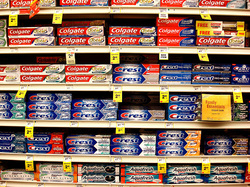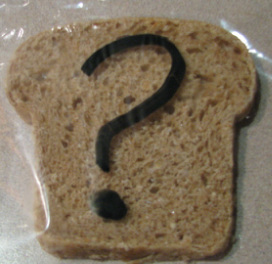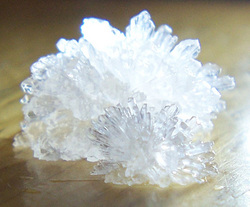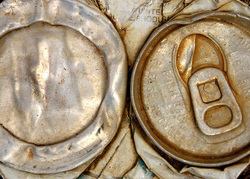BVO is in the same chemical family as flame-retardants like polybrominated diphenyl ether (PBDE).
What are the concerns of BVO? See this quote from Dr. Oz:
"Researchers link brominated vegetable oil (BVO) to organ damage, neurological issues, and even birth defects. Studies have found that brominated flame-retardants (BVO’s cousins) build up in human tissues, including breast milk. Animal and some human studies have linked these substances to neurological impairment, reduced fertility, changes in thyroid hormones, and early onset puberty. Up until the 1940s, bromide salts were used for medicinal purposes until it was discovered that they could cause psychological symptoms and mental disorders in patients and they were pulled off the market."
In response to a recent petition by a teen to get BVO removed from Gatorade, PepsiCo, makers of Gatorade, will start removing BVO from their product, as per their announcement a few weeks ago (Jan. 2013), but does not plan to remove it from Mountain Dew. The new non BVO Gatorade will be on the shelves in the next few months, this according to the Chicago Tribune. I do not know what other companies will do.
It's banned in many other countries already, and while no long term studies have been done, I personally, would not want to keep on drinking this until definitive conclusions have been made. How much toxin are we willing to allow in our bodies? We are bombarded by toxins daily. I think it would benefit us to avoid them when we can. The FDA originally deemed BVO as safe, but in the 1970s, they called for more testing, which has not been done.
In 12 ounces of Gatorade, it has 80 calories, 160 mg of sodium, and 21 grams of sugar. Perhaps the sugar should be of greater concern than the BVO.
Alternatives: coconut water, a little lemon or apple cider vinegar with a pinch of sea salt in water, seltzer water or a little fruit juice mixed into water. My personal favorite: A glass of filtered water with a teaspoon of raw apple cider vinegar, pinch of sea salt, and two drops of lemon essential oil (make sure the essential oil you can be ingested- doTerra brand lemon essential oil can be ingested.)

